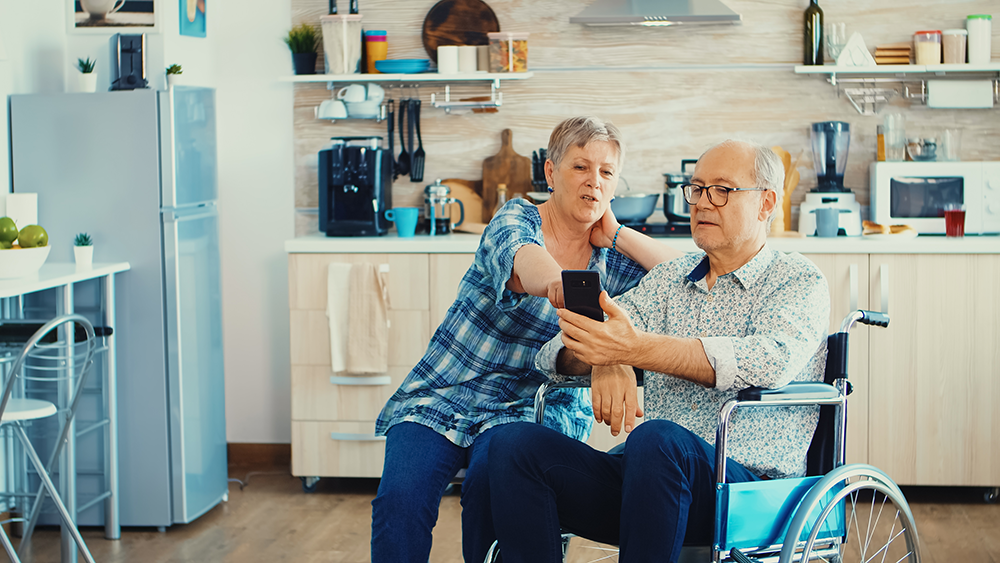By Stefanie Rubin
As COVID-19 dismantles our nation, hospice centers across the country are not allowing family members in its doors. This restriction poses a problem for the patients of palliative care facilities. While younger generations are able to easily leverage Zoom and FaceTime to connect with others, older generations have little experience with modern technology and struggle to adapt to this new normal.
The resorted method of video calls poses the biggest challenge to patients experiencing memory loss. Generally, patients with memory loss are best able to recognize loved ones by seeing them face to face. The alternative of seeing them over a screen can provoke agitation and confusion, which negates its intended benefit.
I asked Sara Wolfe, Medical Social Worker of Archway Hospice, how her facility has navigated this time of social-distancing. She explained that while some family members have been able to visit by waving through a window, it has been a difficult adjustment. Phone calls, though helpful, do not accomplish what everyone needs most at this time: physical presence and touch. Many studies suggest that touch is a large component of palliative care both socially and emotionally. Now, facilities are having to come up with creative methods to achieve this same quality of care.
One solution, Sara has come across, is family members dropping off old photo albums and flowers for their loved ones. “The patient knows if there are flowers in the room they probably came from their children,” she said. “It helps exercise memory and remind them they are loved even if from a distance. “
I think about the own fresh flowers on my nightstand, a birthday gift from my mother. The perfume scent of the daisies escapes into the air every so often. In my own time of social isolation, these flowers remind me of love and sweetness. The colorful petals suggesting alacrity and comfort when I need it most. It isn’t touch, but it is presence. It provides me with a soothing nature akin to that of being held.
These flowers remind me that self-soothing acts should be a part of my routine each day. Even before the pandemic, mind-body tools have been especially medicinal for me and have allowed me to connect with myself. It is as easy as focusing on the deep inhale and exhale of my breath. Research has shown that mind-body tools are also helpful in palliative treatments. Meditation, for instance, often uses imagery, and imagery elevates serotonin. It additionally increases focus, which in turn, helps patients be more alert and present in their daily lives. Since hearing is the only required sense to meditate, this practice is easily accessible to many patients in hospice facilities.
To quote a yoga instructor of mine, this uncertain and tragic time in the world is a non-negotiable. Unfortunately for the time being, people cannot connect with one another as they once did. The simple act of hand brushing shoulder or a kiss hello on the cheek is no longer viable. Hospice patients, and people at large, must prioritize their mental health and devote time each day for solely themselves. It can be as simple as taking a warm bath or placing one hand on your belly and the other on your heart.

